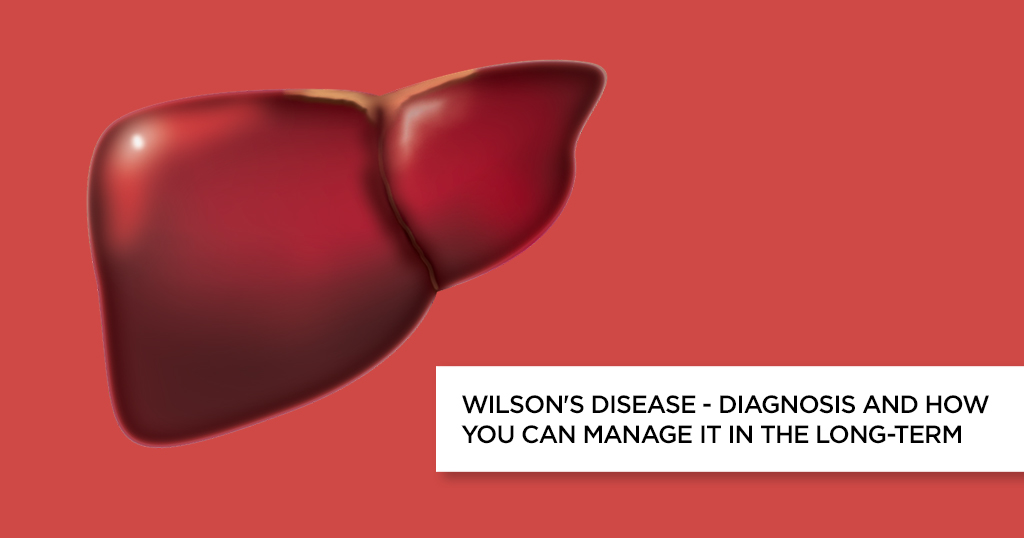XXX chromosome disorder or triple X syndrome


Generally, each person has one pair of sex chromosomes in each cell. The presence of an extra X chromosome in each of a female’s cells is known as trisomy X, commonly known as triple X syndrome, 47, or XXX. Although girls with this disorder are often taller than average, this chromosomal change does not result in any distinctive physical characteristics or genetic disorders. The majority of women with trisomy X have normal sexual development and can conceive.
XXX Chromosome Disorder
A chromosomal condition that goes by the name of ‘Triple X Syndrome’ or ‘XXX Syndrome Disorder’ has the potential to affect only one female out of thousands. Usually, a female is born with one pair of X chromosomes in every cell – one X chromosome from each parent. However, a female with the XXX Chromosome Disorder has three X chromosomes in every cell.
The reports and research by the National Institute of Health suggest that nearly 5 to 10 women are born with this disorder in the United States of America.
The XXX chromosome disorder has proven to be genetic, but it is not an inherited condition. It occurs due to a random genetic error, and is not transferrable from the parents to the child.
This genetic error can happen during conception or even at the early stage of embryo development. There are many other reasons as well that may cause this disorder.
What are the Causes of XXX Chromosome Disorder?
- Nondisjunction – Incorrect division of the mother’s egg cell or the sperm cell of the father, resulting in an extra X chromosome in the child. If this error occurs, all the cells in the child’s body will have an extra X chromosome.
- Mosaic – Incorrect cell division triggered by a random event in the early development stage of the embryo, resulting in an extra X chromosome in the child. If this occurs, it results in the inclusion of the third X chromosome in the child’s body.
Symptoms of Triple X Syndrome
The signs and symptoms of triple X syndrome differ from one woman to another. In some, there are no symptoms, while some might show moderate to severe symptoms.
If symptoms surface, they might include the following:
- Difficulties in information processing and judgment.
- Issues with gross and fine motor skills.
- Delayed language and speech skills.
- Dyslexia (difficulty reading and understanding).
- Poor coordination.
- Clumsiness.
- Taller than average height.
- Smaller than average head size.
- Attention Deficit Hyperactivity Disorder (ADHD).
- Psychological problems, such as depression and anxiousness.
Some lesser-known symptoms of XXX chromosome disorder may also include:
- Wide space between eyes.
- Flat feet.
- An abnormally curved little finger.
- Hypotonia (weak muscle tone).
- Epicanthal folds of the skin (a vertical fold of the upper eyelid covering the eye’s inner corner).
- Seizures.
- Abnormal shape of the breastbone.
- Abnormalities of ovaries.
- Untimely ovarian failure.
- Kidney deformities.
- Developmental delays.
Also, in most women with the Super Female Syndrome, sexual development is normal, and they can conceive. In rare cases, reproductive abnormalities such as early menstruation, irregularities in periods and others can arise. Very rarely, it may cause infertility. A person with this chromosome disorder does not look different from people who do not have this condition.
When to consult a doctor?
If a parent feels that something is wrong with their daughter’s health, restricting growth and development, then getting in touch with a doctor is advisable. The doctor will assess the condition, find the causes, and recommend a suitable treatment plan.
Complications Caused by Triple X Syndrome
Women who experience developmental, psychological, or behavioural issues due to Triple X Syndrome need help in the form of medical or social intervention. Without timely help, these issues can further complicate into more severe problems, such as –
- Lack of self-esteem
- Relationship issues
- Excessive stress
- Social acceptance problems
- Social isolation
- Inability to do daily activities
Diagnosis of Triple X Syndrome
Many women and girls with Triple X Syndrome do not show any outward signs, and many cases go undetected. They live healthy lives. Genetic testing can diagnose Triple X Syndrome. This test can be done by taking a blood sample after birth. Before birth, a genetic testing using sophisticated methods such as amniocentesis and chorionic villus sampling to analyse the tissues and cells of a fetus, can be performed as well.
Treatment of Triple X Syndrome
As Triple X Syndrome is a chromosomal defect, there is no definite cure. The treatment plans depend on symptoms, severity, and unique requirements. A few of the treatment options include –
- Periodic examinations – The doctor may suggest regular screenings. It will allow the doctor to provide the patient with immediate help if any health problems, learning disabilities, intellectual disabilities, speech and language disabilities, or developmental or behavioural abnormalities arise at any point in time.
- Early intervention – These treatment plans comprise different therapies, such as speech therapy, physical therapy, developmental therapies, and occupational therapies, among others. The doctor will start with the intervention sessions as soon as the diagnosis is complete. Generally, these treatments start at a very young age.
- Creative learning therapies – If the girl child has issues with learning and understanding, the doctor will use various educational and innovative learning strategies.
- Psychological counselling – A girl child or woman with Triple X Syndrome is more susceptible to stress, anxiety, and emotional and behavioral problems. Therefore, a supportive environment at home is crucial. In this regard, the doctor might recommend psychological counselling. It can help families to understand how parents can help their children by providing the right environment to grow while positively shaping their learning skills and social functioning.
- Daily assistance – If the girl is facing issues with daily functioning, assistance with such activities, coupled with social opportunities, will help the patient a lot.
Research for XXX Chromosome Disorder
The research contributes to a better understanding of diseases and can improve diagnosis and therapy. This section contains materials to assist in learning more about medical research and how you can participate.
Resources for Clinical Research
Trials connected to 47, XXX syndromes may be found on ClinicalTrials.gov. To view descriptions of these studies, go to ClinicalTrials.gov by clicking on the link.
Related Disorders
The following illnesses have symptoms similar to trisomy X. According to current research, links each additional X to a more severe phenotypic result. For a differential diagnosis, comparisons can be informative. Tetra X syndrome is a chromosomal anomaly characterized by two extra X chromosomes in females (48, XXXX karyotype). This group of girls appears to have a higher prevalence of mild to moderate intellectual impairments. Individuals with developmental dyspraxia frequently experience speech difficulties due to verbal and oral motor dysfunction.
Tetra X syndrome may also be linked to facial abnormalities similar to those seen in 47, XXX, such as:
- Widely set eyes (ocular hypertelorism)
- Up slanting eyelid folds (palpebral fissures)
- Vertical skin folds that may cover the inner corners of the eyes (epicanthic folds)
- A small jaw in some girls (micrognathia)
There may be certain physical deformities such as
- Deviation of the fifth finger (clinodactyly)
- Improper fusing of the forearm bones (radioulnar synostosis),
- Webbing of the neck
In contrast to 47, XXX, affected women frequently exhibit insufficient development of secondary sexual traits such as sparse pubic and underarm hair, tiny breasts, menstrual cycles that are absent or irregular, and, in certain cases, underdevelopment of external genitalia. Tetra X is caused by abnormalities in the division of the reproductive cells of a parent (nondisjunction during meiosis).
Other Names for This Condition
The other names of this condition are:
- 47, XXX
- 47, XXX syndrome
- Triple X syndrome
- Triplo X syndrome
- Trisomy X
- XXX syndrome
Frequently Asked Questions:
1. What is the life expectancy of a person with Triple X Syndrome?
This condition does not affect the life expectancy of a person. So, most people with Triple X Syndrome will have the same life expectancy as a person without this disorder.
2. What is Metafemale syndrome?
XXX syndrome is also known as Metafemale syndrome, in which the cells have three X chromosomes instead of two.
3. How does triple X syndrome affect the patient’s body?
The triple X syndrome affects women in different ways. They are:
-
Delay in the development of motor skills
-
Delay in developing language and speech skills
-
Problems with learning
-
Dyslexia (problems with understanding things, reading)
4. How long do the symptoms of triple X syndrome disease take to appear?
A majority of females with XXX syndrome are quite healthy with no apparent signs and symptoms of the disease. Therefore, this disorder goes unnoticed or undiagnosed in some cases, or it is detected only when you go to your doctor for other health issues.
In most cases, this condition comes to light when the parents of such female children notice problems with their child’s growth and development. According to research, early detection followed by early intervention can improve the symptoms.
5. How can we control the triple X syndrome from spreading?
The triple X syndrome occurs due to a random malfunction when the cells divide, and a girl child receives three X chromosomes (XXX) instead of two (XX). If a girl child has XXX trisomy, it is crucial to understand that you could not have prevented it. Currently, there are no ways to stop this condition. If you have a high-risk pregnancy, you should opt for prenatal genetic testing.
© Copyright 2024. Apollo Hospitals Group. All Rights Reserved.
 +91 8069991061
Book Health Check-up
Book Health Check-up
Book Appointment
Book Appointment
+91 8069991061
Book Health Check-up
Book Health Check-up
Book Appointment
Book Appointment







